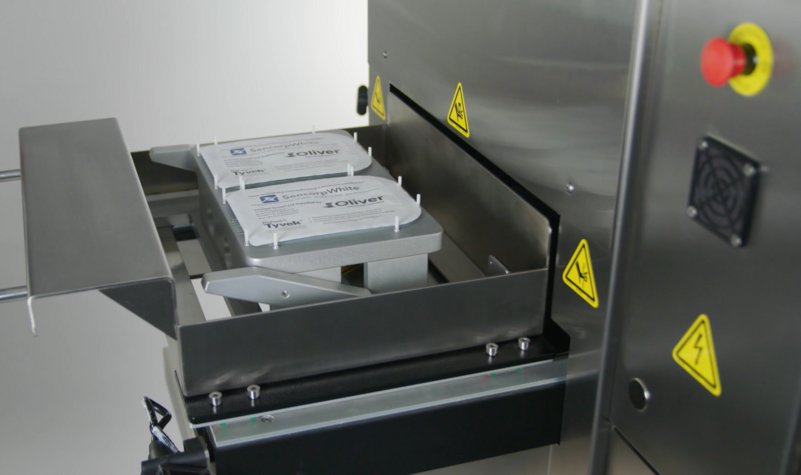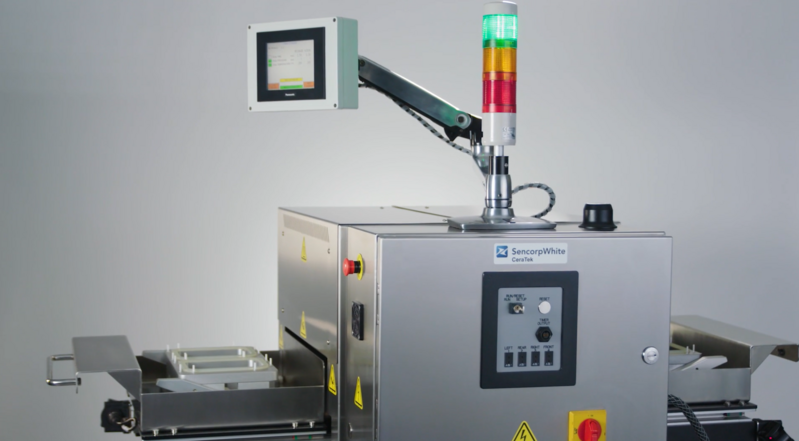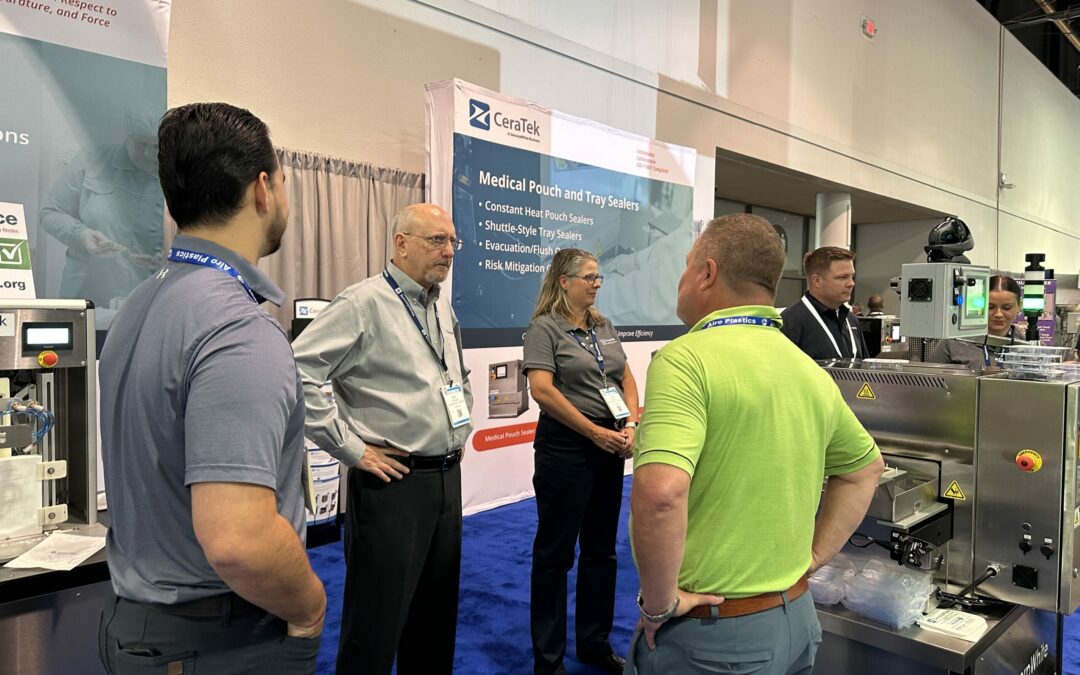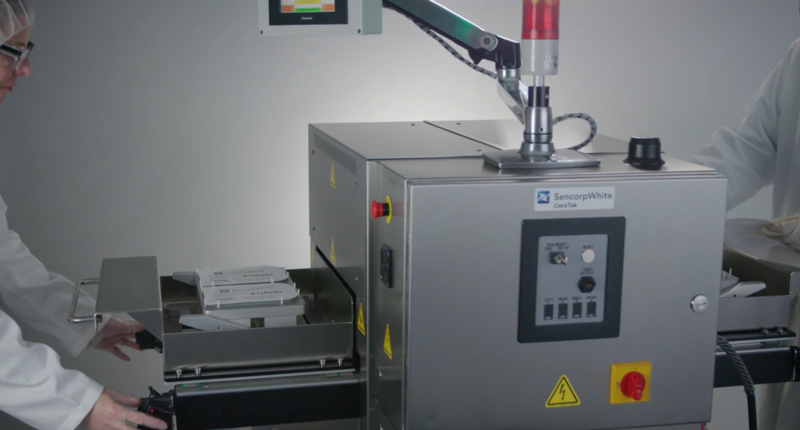Creating and Testing a Hermetic Seal

Creating and testing a hermetic seal
The most important elements needed to create a hermetic seal between a tray and lid are temperature, time, and pressure—and for tray sealing of medical devices, those three elements must be applied consistently, with little to no variability.
To determine the optimal temperature, time, and pressure to use, manufacturers must first conduct a design of experiment (DOE) in which different temperatures, pressures, and dwell times are tried on a 3D model. Then, destructive testing is used to determine which combination of temperature, pressure, and time is best. After that, the tray sealer must also be periodically validated to ensure that it is applying those optimal parameters repeatably, with little to no variability.
Types of destructive testing for sealed trays
Destructive testing on tray sealing applications in the medical device industry is typically conducted using tensile testing, burst testing, or dye penetration testing.
These tests are used to establish that the sealed tray has reached minimum barrier system properties. For example, tensile testing applies tensile (pulling) forces to determine the minimum pounds required to break the seal. Burst testing pressurizes the package until the seal is broken and can be used to identify the weakest point on the lid, tray, or seal. Dye penetration is a qualitative test of the seal; if dye penetrates to the inside of the package, then the seal is not sufficient.
Repeatedly creating a hermetic seal
Tray sealers must be carefully designed and properly installed to meet the medical device industry’s standards for accuracy and repeatability.
For example, both the top and bottom heating elements of the sealer must be under tight control to ensure that the sealing temperature is maintained within a very narrow window. In many instances, the top heating element is maintained at the sealing temperature and the bottom part of that system is unheated; however, over many cycles, heat can build up on the bottom side. That means the bottom side must be repeatedly cooled.
Any deviation in the temperature, pressure, or time used to create the hermetic seal increases the risk of lowering accuracy and repeatability.







